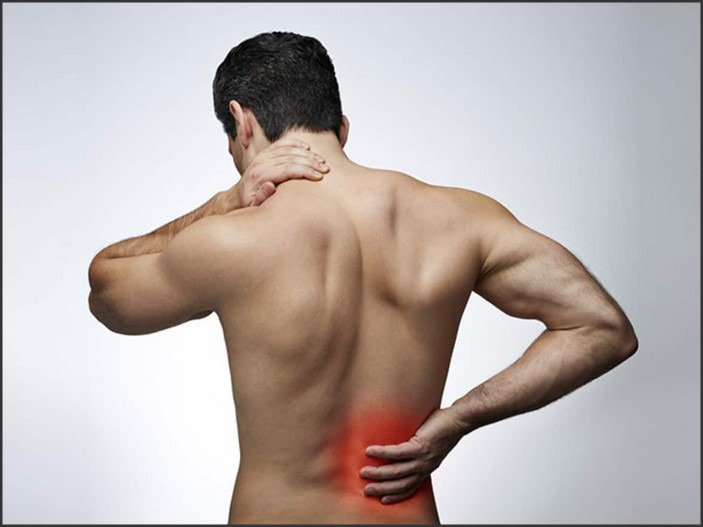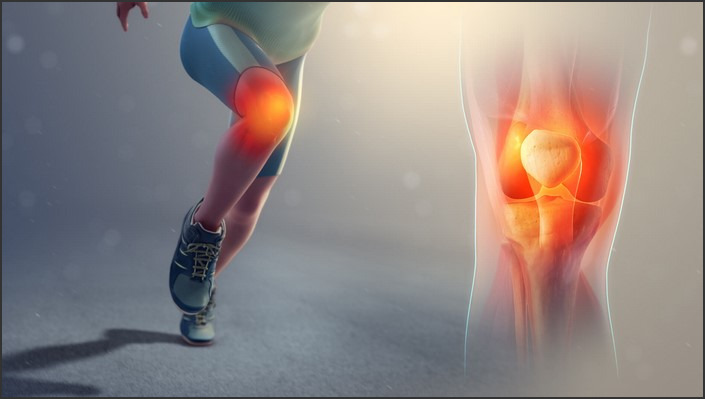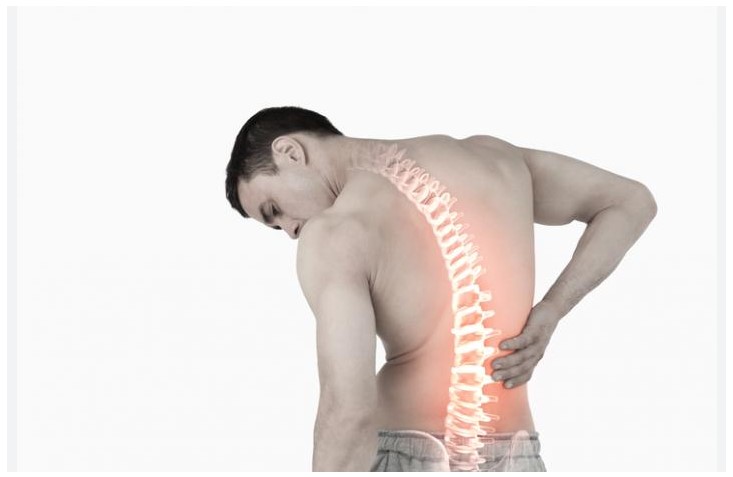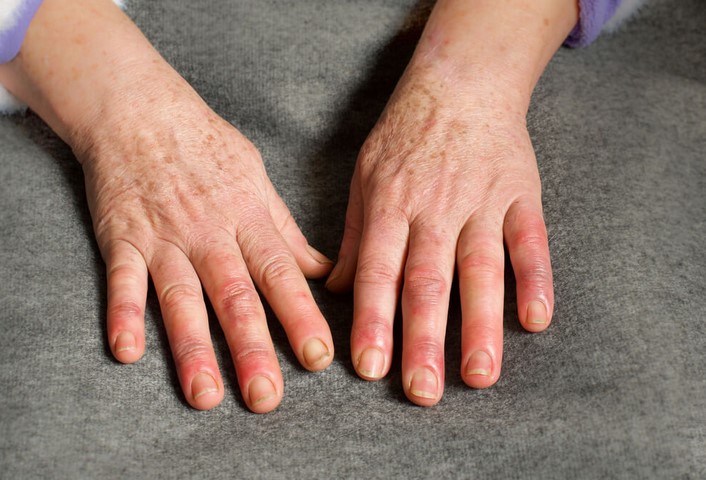
Swelling in fingers for no apparent reason is a condition that can be caused by various factors, ranging from minor injuries to serious health conditions. This condition, also known as peripheral edema, is characterized by an abnormal accumulation of fluid in the tissues of the fingers, leading to an enlarged or puffy appearance. The causes can be as simple as high salt intake, heat, or prolonged immobility, or as complex as heart, liver, or kidney diseases, arthritis, or lymphedema. Evaluation of this condition often involves a thorough medical history review, physical examination, and diagnostic tests to identify the underlying cause and determine the appropriate treatment.
Unraveling the Mystery: Fingers Swelling for No Reason – Causes and Evaluation
Swelling in fingers for no apparent reason can be a perplexing and sometimes alarming symptom. It is a condition that can cause discomfort, hinder daily activities, and raise concerns about underlying health issues. Unraveling the mystery behind this seemingly inexplicable swelling involves understanding its potential causes and the importance of proper evaluation.
The human body is a complex system, and swelling in the fingers can be a sign of various underlying conditions. One of the most common causes is edema, a condition characterized by an excessive accumulation of fluid in the body tissues. This can occur due to a variety of reasons, including heart, liver, or kidney disease, pregnancy, or certain medications. In these cases, the swelling is often not limited to the fingers but affects other parts of the body as well.
Another potential cause is arthritis, a condition that causes inflammation in the joints. Rheumatoid arthritis and osteoarthritis are the most common types that can lead to swelling in the fingers. Rheumatoid arthritis is an autoimmune disease that can cause swelling and pain in the joints, while osteoarthritis is a degenerative disease that usually affects older individuals and can cause similar symptoms.
In some cases, the swelling may be due to an injury or trauma to the hand or fingers. Even if the injury seems minor, it can lead to inflammation and swelling. Repetitive strain injuries, common in people who perform the same hand or finger movements over and over, can also cause swelling.
Allergies are another potential cause of finger swelling. This can occur as a reaction to certain foods, medications, or substances. In these cases, the swelling is usually accompanied by other symptoms such as itching, redness, or hives.
Despite these potential causes, it’s important to note that sometimes, the cause of finger swelling may not be immediately apparent. This is why proper evaluation is crucial. A healthcare professional will typically start by taking a detailed medical history and conducting a physical examination. They may ask about any recent injuries, exposure to allergens, or other symptoms that might provide clues about the cause of the swelling.
In some cases, further diagnostic tests may be necessary. These could include blood tests to check for signs of inflammation or infection, imaging tests such as X-rays or MRI to look for injuries or abnormalities in the joints, or allergy tests to identify potential allergens.
In conclusion, swelling in the fingers for no apparent reason can be a sign of various underlying conditions, from edema and arthritis to injuries and allergies. While it can be disconcerting, understanding the potential causes can help demystify this symptom. However, it’s important to seek medical attention for proper evaluation and diagnosis. This will not only help identify the cause of the swelling but also guide the appropriate treatment, ensuring that you can return to your daily activities with minimal discomfort.Swelling in fingers for no apparent reason can be caused by various factors including injury, infection, arthritis, gout, carpal tunnel syndrome, or certain medications. It can also be a symptom of more serious conditions such as heart, liver, or kidney disease. Therefore, it’s crucial to evaluate the underlying cause through a thorough medical examination, which may include blood tests, imaging studies, or other diagnostic procedures. Early diagnosis and treatment can help manage symptoms and prevent potential complications.
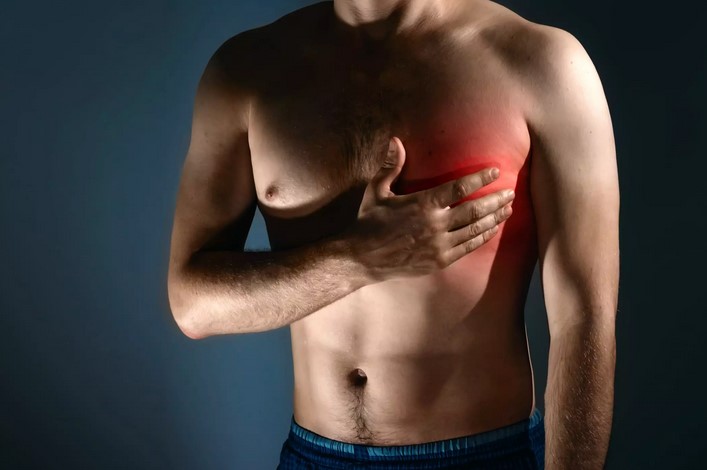
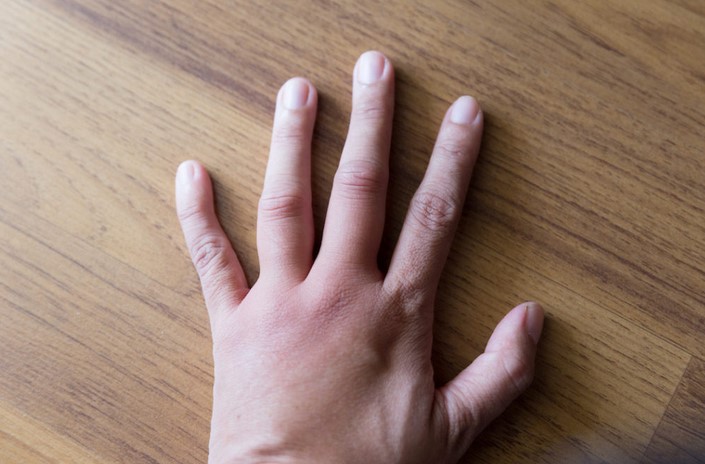
 Painful pectoral muscle is a condition that affects the chest muscles, causing pain and discomfort. It can be caused by a variety of factors, including overuse, injury, or medical conditions. Symptoms of painful pectoral muscle can include pain in the chest, difficulty breathing, and difficulty moving the arms. Treatment for painful pectoral muscle typically involves rest, physical therapy, and medications. Recovery strategies may include stretching, strengthening exercises, and lifestyle modifications. This article will discuss the causes, symptoms, and recovery strategies for painful pectoral muscle.
Painful pectoral muscle is a condition that affects the chest muscles, causing pain and discomfort. It can be caused by a variety of factors, including overuse, injury, or medical conditions. Symptoms of painful pectoral muscle can include pain in the chest, difficulty breathing, and difficulty moving the arms. Treatment for painful pectoral muscle typically involves rest, physical therapy, and medications. Recovery strategies may include stretching, strengthening exercises, and lifestyle modifications. This article will discuss the causes, symptoms, and recovery strategies for painful pectoral muscle.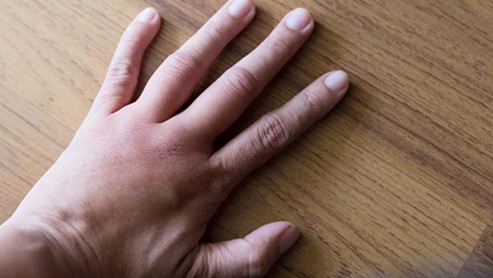 Swollen knuckles can be a painful and uncomfortable condition that can affect anyone at any age. It is caused by a variety of factors, including injury, arthritis, and infection. Treatment for swollen knuckles depends on the underlying cause, but may include rest, ice, compression, and elevation. In some cases, medications or surgery may be necessary. It is important to seek medical attention if the swelling does not improve or if it is accompanied by other symptoms. This article will discuss the causes, treatment, and when to see a doctor for swollen knuckles.
Swollen knuckles can be a painful and uncomfortable condition that can affect anyone at any age. It is caused by a variety of factors, including injury, arthritis, and infection. Treatment for swollen knuckles depends on the underlying cause, but may include rest, ice, compression, and elevation. In some cases, medications or surgery may be necessary. It is important to seek medical attention if the swelling does not improve or if it is accompanied by other symptoms. This article will discuss the causes, treatment, and when to see a doctor for swollen knuckles.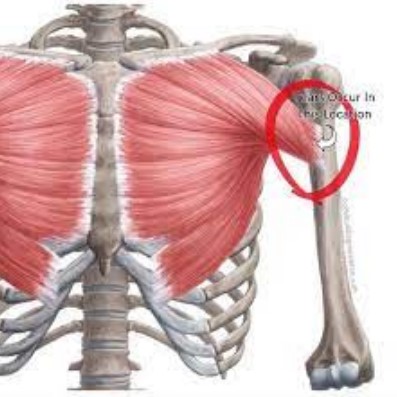 A torn pectoral muscle is a serious injury that can cause significant pain and disability. It is most commonly seen in athletes who participate in activities that involve pushing or pulling motions, such as weightlifting, football, and wrestling. The pectoral muscle is a large muscle located in the chest that helps to move the arm and shoulder. When it is torn, it can cause pain, swelling, and difficulty moving the arm. Treatment for a torn pectoral muscle typically involves rest, physical therapy, and possibly surgery. This article will discuss the causes, symptoms, and recovery strategies for a torn pectoral muscle.
A torn pectoral muscle is a serious injury that can cause significant pain and disability. It is most commonly seen in athletes who participate in activities that involve pushing or pulling motions, such as weightlifting, football, and wrestling. The pectoral muscle is a large muscle located in the chest that helps to move the arm and shoulder. When it is torn, it can cause pain, swelling, and difficulty moving the arm. Treatment for a torn pectoral muscle typically involves rest, physical therapy, and possibly surgery. This article will discuss the causes, symptoms, and recovery strategies for a torn pectoral muscle.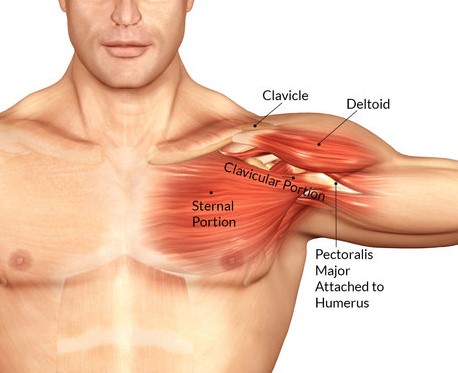 Torn Pec Recovery is a comprehensive guide to rehabilitation and healing after a pectoral muscle injury. It provides detailed information on the causes, diagnosis, and treatment of pectoral muscle injuries, as well as advice on how to prevent them in the future. It also offers practical tips on how to manage the pain and discomfort associated with a pectoral muscle injury, as well as how to speed up the healing process. With the help of Torn Pec Recovery, you can get back to your active lifestyle in no time.
Torn Pec Recovery is a comprehensive guide to rehabilitation and healing after a pectoral muscle injury. It provides detailed information on the causes, diagnosis, and treatment of pectoral muscle injuries, as well as advice on how to prevent them in the future. It also offers practical tips on how to manage the pain and discomfort associated with a pectoral muscle injury, as well as how to speed up the healing process. With the help of Torn Pec Recovery, you can get back to your active lifestyle in no time.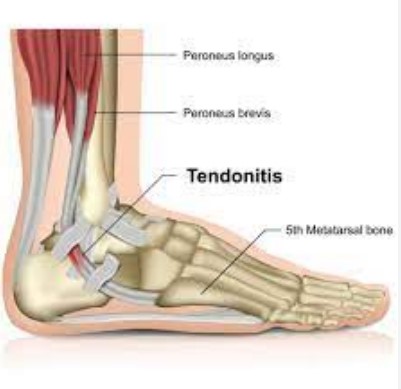 Torn ligaments in the top of the foot can be a painful and debilitating injury. The top of the foot is a complex area of the body, and the ligaments that support it can be easily damaged. Common causes of a torn ligament in the top of the foot include sports injuries, falls, and overuse. Treatment for a torn ligament in the top of the foot typically involves rest, ice, compression, and elevation. In some cases, surgery may be necessary. This article will discuss the causes of a torn ligament in the top of the foot, as well as recovery tips to help you heal quickly and safely.
Torn ligaments in the top of the foot can be a painful and debilitating injury. The top of the foot is a complex area of the body, and the ligaments that support it can be easily damaged. Common causes of a torn ligament in the top of the foot include sports injuries, falls, and overuse. Treatment for a torn ligament in the top of the foot typically involves rest, ice, compression, and elevation. In some cases, surgery may be necessary. This article will discuss the causes of a torn ligament in the top of the foot, as well as recovery tips to help you heal quickly and safely.